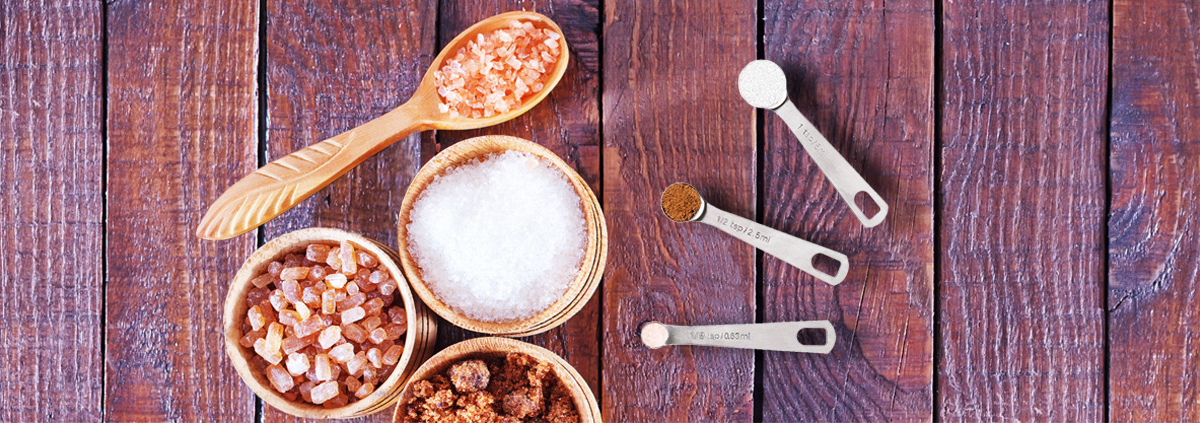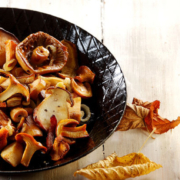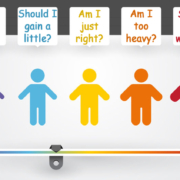Can Spices Make You Healthier?
I’d like you to do something before you read the rest of this memo. Go to your drawer that contains measuring spoons, and pull out the teaspoon, half teaspoon, and eighth teaspoon. Then measure out salt or sugar for each different volume and put it on a plate. Notice how little there is by the time you get to the eighth teaspoon. Keep that image in your mind for the remainder of the week.
Too often, nutrition research lacks a practical approach; researchers try to drill down into the details before they look at the larger response to any intervention. In other words, examining what people actually eat and cook, then changing something and seeing what happens. I don’t mean exaggerated results such as weight loss, but more subtle effects such as changes in triglycerides, cholesterol, blood sugar, and in this case, markers of inflammation.
This week we’re going to take a look at a recently published paper that took exactly that approach. Researchers selected a group of 12 overweight male subjects with at least one additional risk factor for cardiovascular disease and fed them a high-fat, high-carbohydrate, 1,000-calorie meal. They fed them the same meal on three different days: once without any specific spice blend, second with two grams of a spice blend, and the third time with six grams of the same spice blend. They tested the subjects to see what markers of inflammation were changed after each feeding. I’ll give you the results in Thursday’s memo.
What are you prepared to do today?
Dr. Chet
Reference: J Nutr 2020;150:1600–1609.









